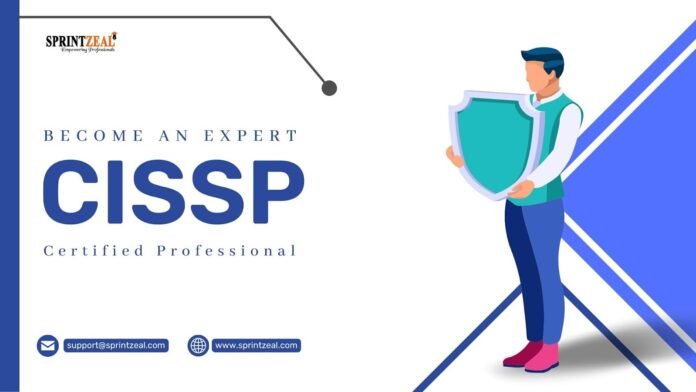Introduction:
In today’s interconnected world, the importance of robust cybersecurity practices cannot be overstated. Organizations across industries are constantly seeking skilled professionals to safeguard their critical information assets and protect them from evolving threats. One certification that holds significant value in the cybersecurity domain is the Certified Information Systems Security Professional (CISSP) certification. Recognized globally, CISSP validates an individual’s expertise and knowledge in various areas of information security. In this blog post, we will explore the domains of the CISSP certification, providing you with a comprehensive understanding of what it takes to become a CISSP-certified professional.
Domain 1: Security and Risk Management:
Table of Contents
The first domain of the CISSP certification focuses on establishing and managing a robust security program. It covers topics such as security governance, risk management, legal and regulatory requirements, security policies, and ethical considerations. Professionals with expertise in this domain understand the importance of aligning security strategies with business objectives and managing risks effectively.
Domain 2: Asset Security:
This domain delves into protecting organizational assets, including sensitive data, intellectual property, and physical resources. It covers concepts such as data classification, data retention, privacy protection, asset handling, and secure disposal. CISSP-certified professionals proficient in asset security are equipped to develop and implement comprehensive strategies to safeguard valuable assets.
Domain 3: Security Architecture and Engineering:
Security architecture and engineering involve designing and implementing secure systems and infrastructure. This domain explores topics such as secure design principles, security models, system components, security capabilities of information systems, and secure coding practices. CISSP-certified professionals well-versed in this domain are capable of developing secure architectures and addressing vulnerabilities in existing systems.
Domain 4: Communication and Network Security:
This domain focuses on securing network infrastructure, transmission media, and communication channels. It covers topics such as network protocols, secure network components, secure network architecture, and secure communication channels. CISSP-certified professionals proficient in this domain possess the knowledge to protect network systems from unauthorized access, data loss, and other network-related threats.
Domain 5: Identity and Access Management:
Identity and access management (IAM) involves managing user access to resources while ensuring appropriate authentication, authorization, and accountability. This domain explores concepts such as access control models, identity management lifecycle, physical and logical access controls, and identification and authentication technologies. CISSP-certified professionals specializing in IAM can develop and implement effective access control strategies and mitigate identity-related risks.
Domain 6: Security Assessment and Testing:
Security assessment and testing are crucial for identifying vulnerabilities and assessing the effectiveness of security controls. This domain covers topics such as vulnerability assessment, penetration testing, security control testing, and third-party security assessments. CISSP-certified professionals skilled in security assessment and testing can conduct thorough evaluations to identify weaknesses and implement appropriate remediation measures.
Domain 7: Security Operations:
Security operations involve managing and maintaining the day-to-day security operations of an organization. This domain covers topics such as incident response, disaster recovery planning, business continuity, logging and monitoring, and resource protection techniques. CISSP-certified professionals specializing in security operations can effectively respond to security incidents, minimize damage, and ensure the continuity of business operations.
Domain 8: Software Development Security:
This domain focuses on integrating security measures into the software development lifecycle. It covers topics such as secure software development practices, software security testing, and secure coding guidelines. CISSP-certified professionals well-versed in software development security can identify vulnerabilities in software systems and implement security controls during the development process.
Conclusion:
Obtaining the CISSP certification can be a significant career milestone for professionals aspiring to excel in the field of cybersecurity. By exploring the eight domains of CISSP, we have gained insights into the wide range of knowledge and expertise required to protect organizational assets and mitigate security risks effectively. Whether you are a security professional looking to enhance your skills or an organization like Sprintzeal seeking highly qualified cybersecurity experts, the CISSP certification serves as a benchmark for excellence in information security. Embrace the domains, expand your knowledge, and join the league of certified CISSP professionals contributing to a safer digital world.


